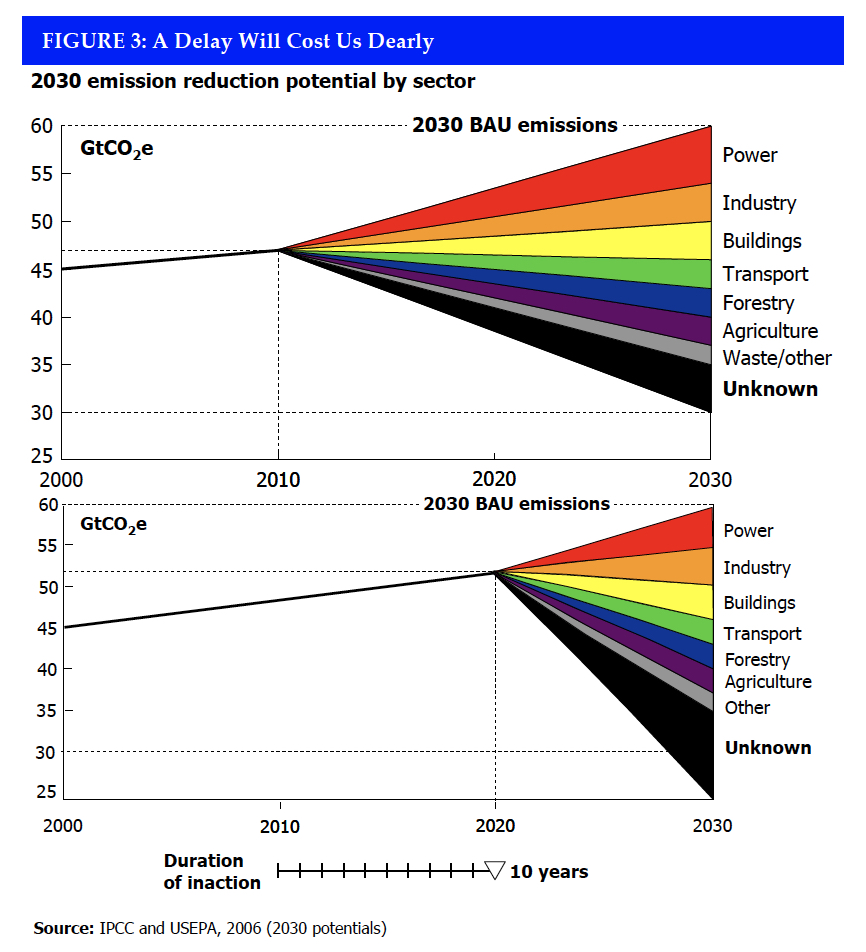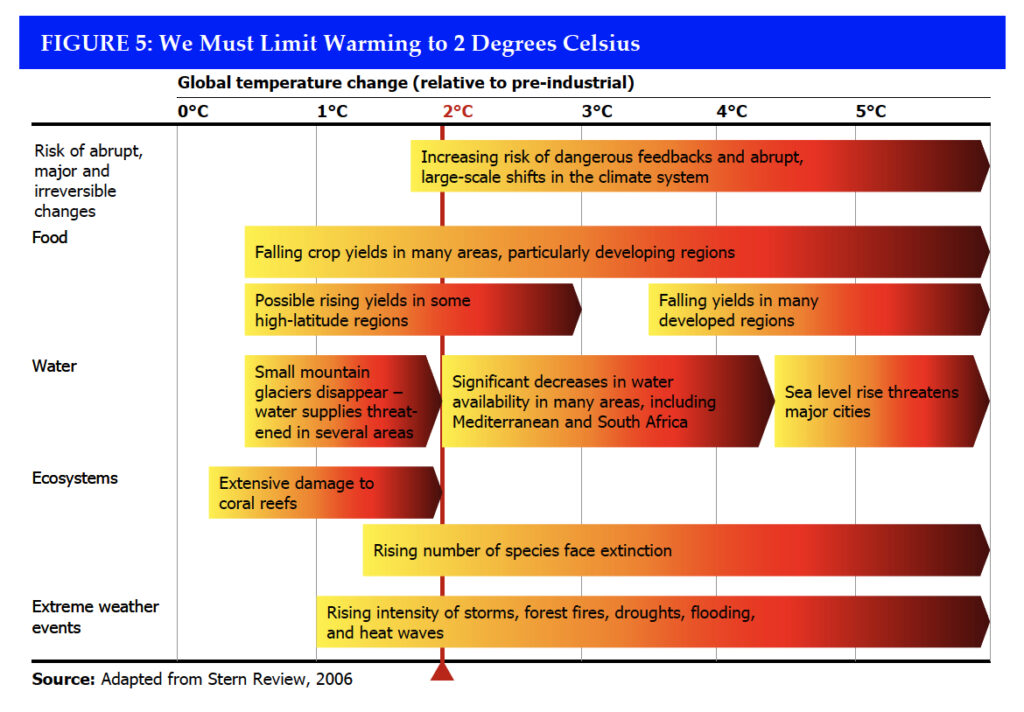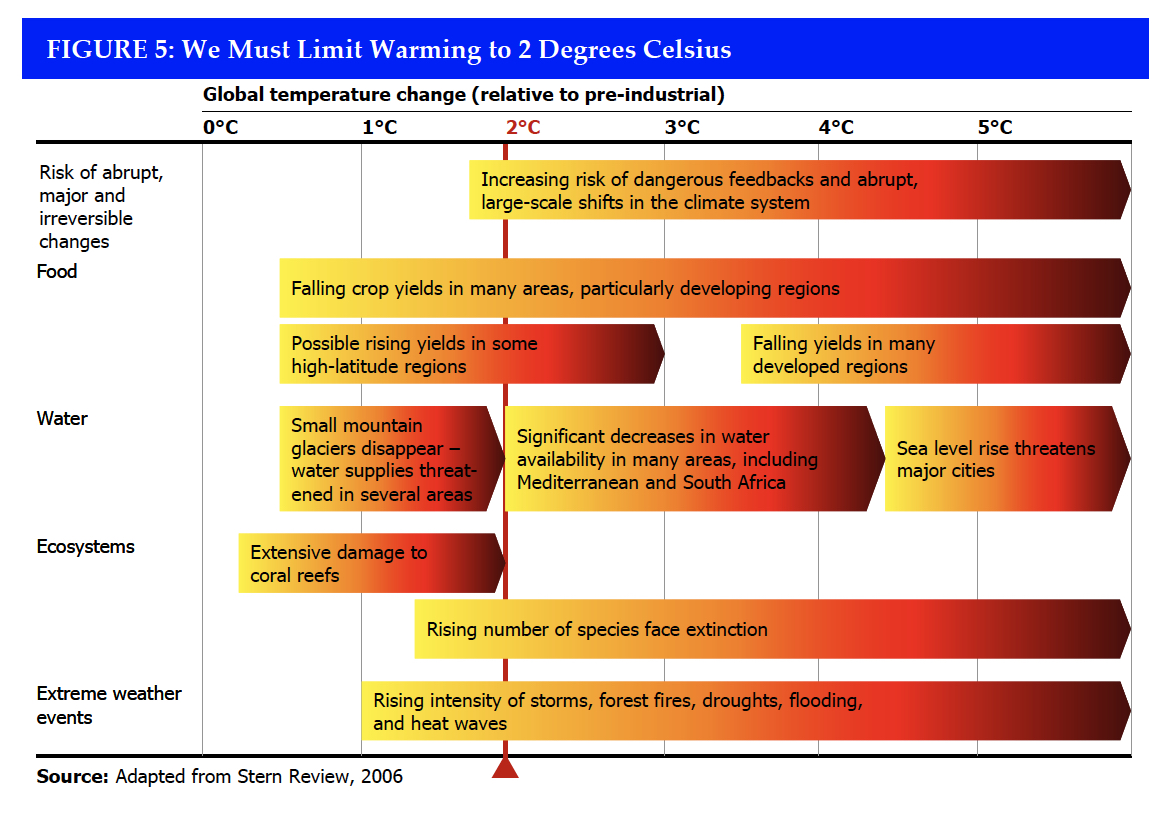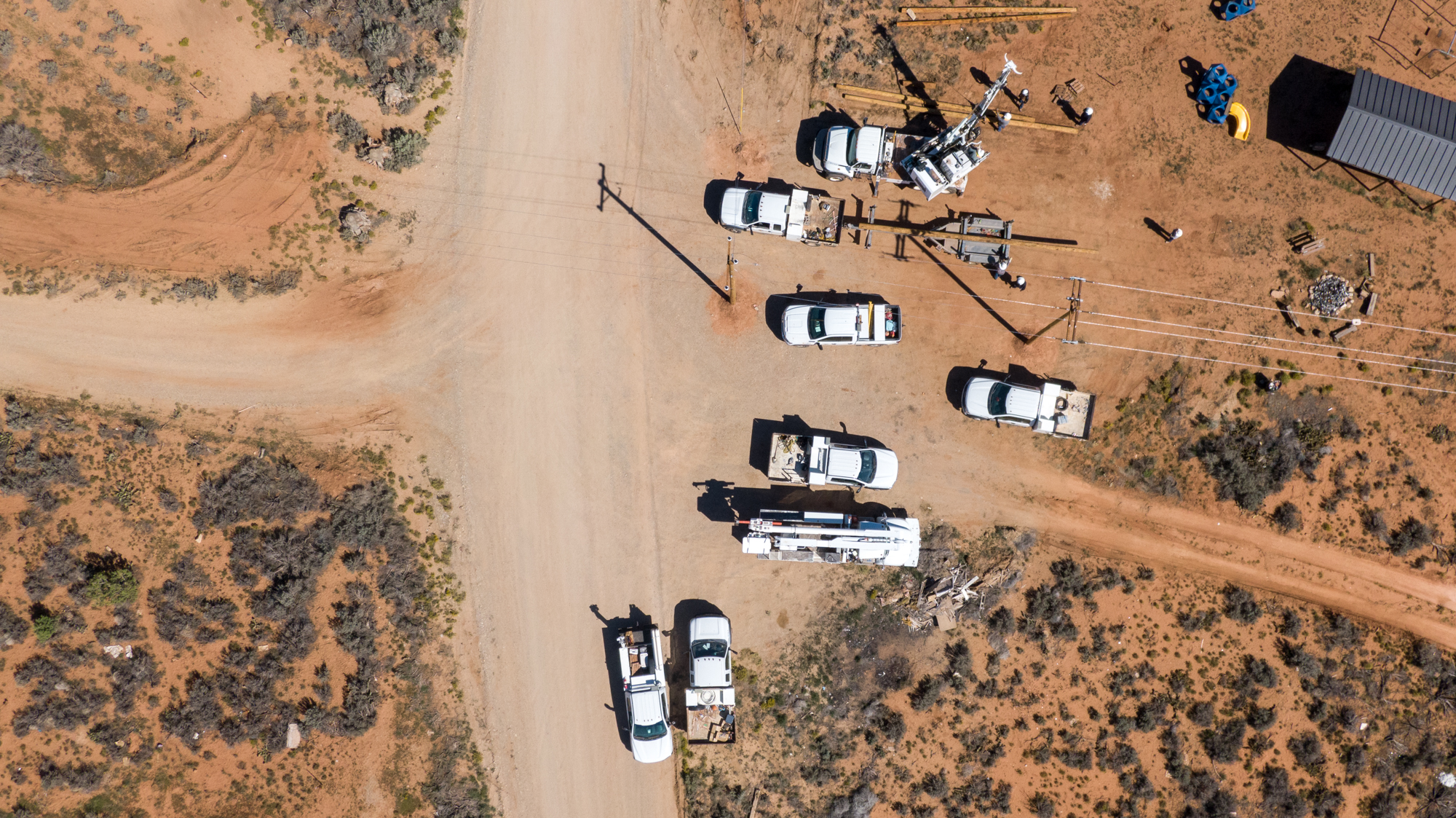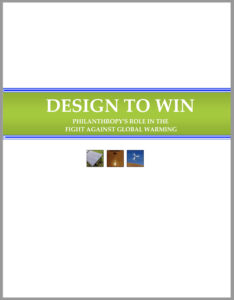
While working as a consultant at California Environmental Associates, I helped produce “Design to Win,” a landmark report that helped inspire the Hewlett, Packard, and McKnight foundations to commit more than $1 billion to create the ClimateWorks Foundation, a global philanthropic network dedicated to reducing greenhouse gas emissions.
This project required our team to synthesize input from a wide range of experts and produce a report that made a compelling case for a dramatic increase in philanthropic funding for climate change.
From the ClimateWorks Foundation website:
In 2007, The William and Flora Hewlett Foundation, The David and Lucile Packard Foundation, The Energy Foundation, The Doris Duke Charitable Foundation, The Joyce Foundation, and the Oak Foundation came together to explore how philanthropy could have greater impact in the effort to mitigate dangerous climate change. Their findings were published as “Design to Win: Philanthropy’s Role in the Fight Against Global Warming.”
“Design to Win” sought to answer a critical question: What would it take to achieve a real “win” in the battle against climate change? The authors interviewed more than 150 of the world’s leading experts on energy, climate change, and forests to identify the top priorities for avoiding dangerous climate change. Using cost curves and other research, the “Design to Win” analysts ranked investments by their potential to reduce greenhouse gas emissions and their ability to prevent the “lock-in” of long-lived, carbon-intensive infrastructure.
Since its founding in 2008, the ClimateWorks foundation has awarded over $1.3 billion to more than 600 grantees in over 50 countries.
